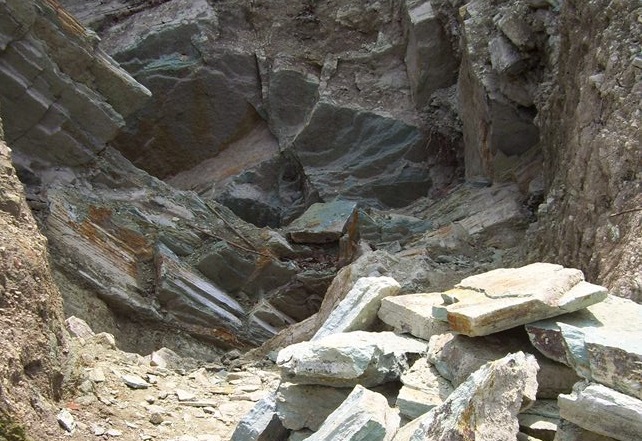The wealth of flora and fauna in Indonesia cannot be doubted. as an archipelagic country and located on the equator, Indonesia has many kinds of exotic flora and animals that are rarely found elsewhere. In fact, most of the diversity of plants that we have only exist in Indonesia. The fertile soil of our country forms a wide variety of endemic plants specifically for Indonesia, which can be found from Sabang to Merauke. Unfortunately, some of these special endemic plants for Indonesia are threatened with extinction. What are the special plants in Indonesia? come on, get to know more about these special Indonesian endemic plants!.
- Black Orchid
Black Orchid

Orchids that are commonly known are usually brightly colored like purple and white, but Indonesia has a unique type of orchid that differs from the origin of the two colors, namely the black orchid. There are two types of black orchids in Indonesia, namely the Kalimantan black orchid and the Papua black orchid. Although both are called black orchids, both the Kalimantan and Papua black orchids have different shapes. The black orchid of Borneo has green flowers and black flowers. Meanwhile, the black Papuan orchid has jet-black flowers with brightly colored pistils.
-
The super large Padma flower (Rafflesia Arnoldii)

Rafflesia Arnoldi , this next special Indonesian plant, besides being only found in Indonesia, is also a rare plant. Due to the rarity of this plant, the super large Padma flower is ranked first in the world as an endangered plant. In contrast to flowers in general which have a pleasant aroma, Rafflesia Arnoldii has a special, pungent odor. for this reason, the giant Padma Flower or Rafflesia Arnoldii is also considered a corpse flower. This flower from a special Indonesian plant has a very large size and weight, with a diameter of 1 meter and weighing up to 10 kilograms. three. Kibut or super large carrion flower super large carrion flower there is one more plant in Indonesia that has a very pungent odor and is almost extinct, namely Kibut. Kibut can only be found in Indonesia, more precisely on the island of Sumatra. Even though they both smell bad, Kibut is different from using Rafflesia Arnoldii. This plant has a cob or a towering part.
-
Sulawesi ebony

it is no longer a mystery. If teak wood that can be found in Indonesia has an exorbitant price. Well, typical Indonesian plants that cannot be found in other areas, this one is almost as expensive as wood from teak trees. is Sulawesi black wood, a dark brown plant and sometimes black and reddish mottled. The wood taken from this endemic Indonesian plant has a quality that cannot be doubted. In general, this typical Indonesian endemic plant is usually used to make furniture, sculptures, carvings, and musical instruments. abroad, this high-priced Sulawesi black wood is known as black ebony. Also read: Exploring the natural aesthetics of Indonesia which are well known throughout the world.
-
Javanese Edelweiss

This next typical Indonesian plant is very rare because it can only grow in the highlands, namely the Javanese Edelweiss. This plant can generally be found in mountainous areas and grows after an eruption. You can easily find Edelweiss flowers on Mount Gede, Pangrango, Papandayan and Rinjani. because of these special environmental conditions, it’s no wonder you rarely find Edelweiss in plant stores. Not to mention that the population of this flower is decreasing due to the ignorant hands of the mountain climbers who pick and bring this flower back as a gift. Even though after coming down from the mountain this flower will die and cannot reproduce. So if you happen to come back to the areas that have been mentioned and find this plant, don’t pick it!








